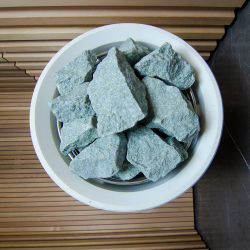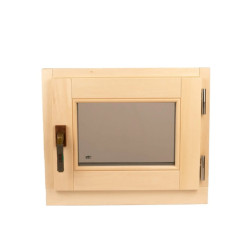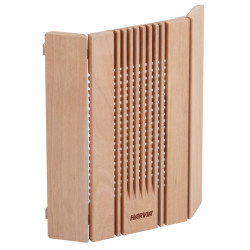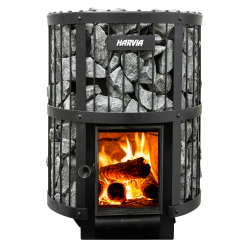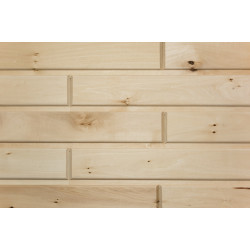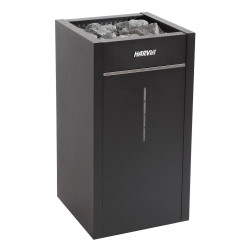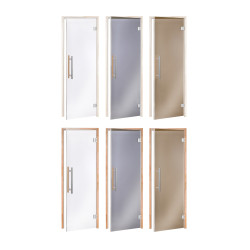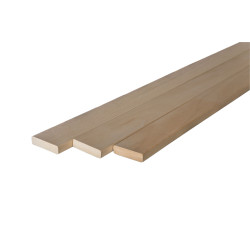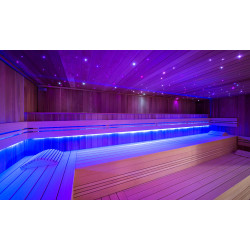Autumn is one of the most popular times of the year for building or setting up a sauna. It’s the season when nature prepares for winter, and people look for ways to warm up and relax during the cold months. Building a sauna in autumn allows you to prepare this space for cozy winter activities. In this article, we will briefly discuss the knowledge and skills needed to successfully build a Finnish sauna, the materials and equipment required, and the installation process.

Materials and Equipment
Materials
-
Wood: Commonly used types include linden, black alder, Canadian red cedar, and African abachi wood. These types are chosen for their resistance to moisture and heat, and they do not emit harmful substances at high temperatures. Cedar is particularly valued for its natural aroma and resistance to decay. African abachi wood does not release resin, which can sometimes occur with other types of wood, and it is very resistant to mechanical wear. Its key physical property is reduced thermal conductivity and heat capacity, which is especially important in sauna construction.
-
Benches: These are the primary seating and lying areas in the sauna. Benches should be made from wood that does not get too hot and is comfortable for sitting.
-
Wood Panels: Wooden panels are commonly used for wall and ceiling finishing in the sauna. They provide an aesthetic appearance and help retain heat.
-
Insulating Materials: Insulation is necessary to retain heat in the sauna and protect it from moisture. Often used materials include stone wool or special insulation boards, which not only retain heat but also prevent steam from penetrating.
-
Ventilation Materials: A well-designed ventilation system is essential for ensuring fresh air flow and maintaining proper temperature.
-
Doors and Windows: Sauna doors are usually glass to allow visibility inside while maintaining heat. Windows may be used for natural lighting and ventilation.
Equipment
-
Sauna Stove: You can choose between a wood-burning or electric stove. Wood-burning stoves provide an authentic experience with natural aroma, while electric stoves are more convenient and easier to maintain.
-
Sauna Stones: These are placed on the stove and used to store and distribute heat. Stones should be heat-resistant, not crack, and not explode. Recommended stones include olivine diabase, jadeite, and ceramic stones designed for high heat stoves.
-
Thermometers, Hygrometers, and Sand Timers: These devices are necessary to monitor sauna temperature, humidity, and time spent in the sauna. They help ensure that conditions in the sauna are optimal and safe.
-
Lighting: Lighting allows you to create the desired atmosphere and mood in the sauna. Sauna lighting can vary widely, from playful multicolored lighting to modern LED. Different types of lights are used for various lighting setups: corner lights, colored lights, under-bench lights, or LED lights. LED lights save energy, are eco-friendly, and more durable. A stylish solution is to illuminate sauna elements. For extra coziness, you can install wiring with bulbs in the ceiling to create a starry sky effect. On our online store, you can find a wide range of sauna lighting products including sauna lamps, LED lights, colored lighting, fiber-optic lighting, and lamp covers. All products are high quality, tested, and from top manufacturers.
-
Audio and Video Equipment: Modern technology extends into sauna equipment, improving sauna experiences and creating a more comfortable and contemporary atmosphere. Modern options include music and video systems specially designed to withstand high temperatures and humidity.
-
Climate Control Systems: These special climate systems evenly distribute steam in the sauna and release Himalayan salt ions into the air, which are beneficial for breathing and skin.
-
Aromatherapy and Steam Devices: In the sauna, you can use an automatic water dispenser to add steam and aroma, creating an even humidity and enhancing the sauna experience with pure or flavored steam.
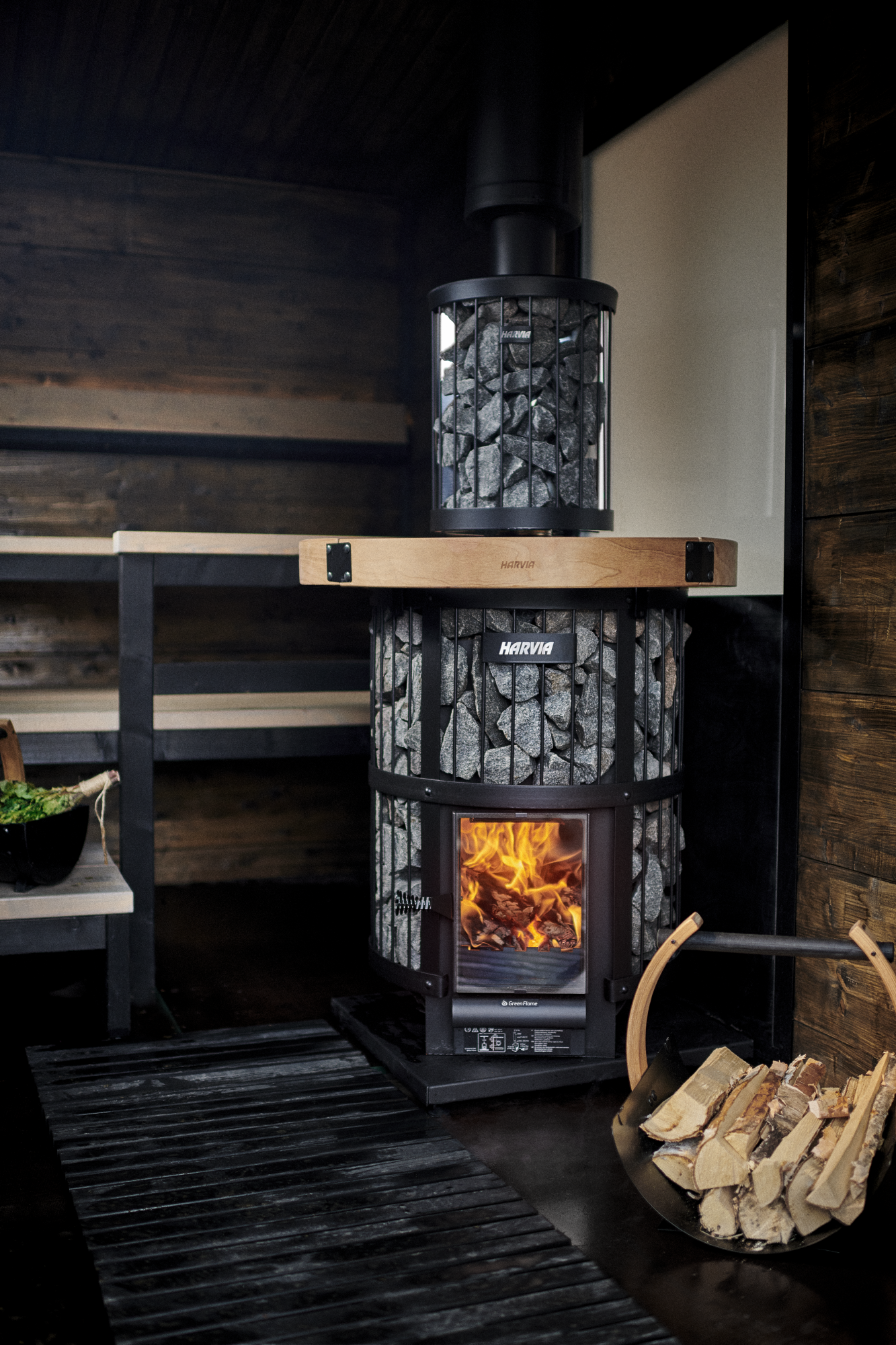
Sauna Installation Process
-
Planning and Design
- First, decide where the sauna will be located. It is important to choose a suitable spot with enough space for ventilation and easy access to water supply and electrical installation.
- Determine the size of the sauna based on the number of people who will use it at one time. Small saunas are compact and heat up quickly, while larger saunas offer more space for relaxation.
-
Foundation Preparation
- Prepare a suitable foundation for the sauna, usually a concrete slab or another stable base. Ensure the foundation is level and solid.
-
Frame and Wall Construction
- Construct the sauna frame using metal or wooden framing. The frame must be securely attached to ensure structural stability.
- Install walls and ceilings using insulation materials and wooden panels. Insulation helps retain heat and protect against moisture.
-
Stove Installation
- Install the sauna stove according to the manufacturer's instructions. A wood-burning stove requires proper chimney installation, while an electric stove must be correctly connected to the electrical network.
-
Ventilation and Electrical Installation
- Install the ventilation system to ensure proper airflow. Also, set up electrical devices such as temperature sensors, humidity sensors, control panels, and lighting, as well as music systems.
-
Bench and Door Installation
- Install the benches, ensuring they are securely fixed and comfortable. Install glass doors that help retain heat and provide visibility inside and outside.
Sauna Benefits and Risks Saunas offer numerous health benefits, including:
- Relaxation and Stress Relief: Saunas help relax after a stressful day, reducing stress and anxiety.
- Improved Circulation: The heat in the sauna promotes blood circulation and improves cardiovascular health.
- Muscle Relaxation: After physical exercise, the sauna helps muscles relax and recover more quickly.
However, there are certain risks to consider:
- Dehydration: Spending too long in the sauna can lead to dehydration, so it is important to drink plenty of water before and after using the sauna.
- Heat Exhaustion: Excessive heat can cause heat exhaustion, especially if you stay in the sauna for too long.
- Health Conditions: People with certain health conditions, such as heart disease, should consult with a doctor before using the sauna.
Conclusion Building a sauna can be a complex task, but with the right information and the proper materials and equipment, you can create a space that offers great joy and health benefits. At the "Pirties Prekės" online store, you can find everything you need for sauna installation—from wood and insulation materials to stoves and accessories. It's very convenient, as everything is in one place and products are shipped worldwide. So, if you plan to build a sauna this autumn, visit "Pirties Prekės" and start your project today.


